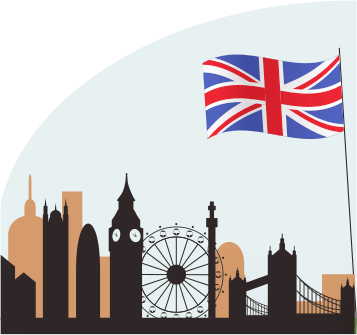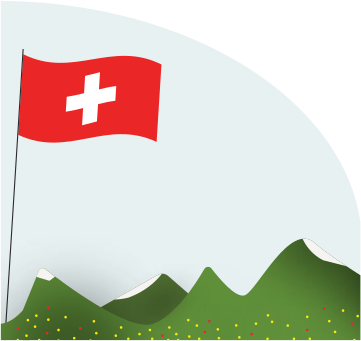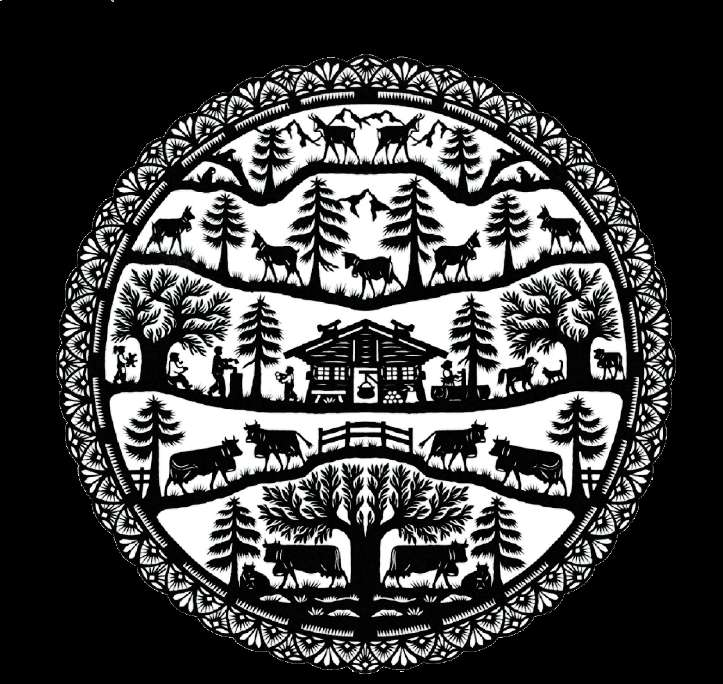Expat adventures
15.07.2021 MagazineBranding is big business these days. Travel to Paris and you’ll be surrounded by replica Eiffel Towers. A certain city in America is famous for ‘I ♥NY’. As for the UK, it offers postcards of the Royal Family alongside dozens (hundreds?) of products plastered with ‘Keep Calm and Carry On’.
Visit the Saanenland and there’s a high chance you’ll see its version of branding in the silhouette paper cut designs on t-shirts and tea towels and placemats and more. You’d be forgiven for thinking these pretty images are little more than another way to encourage tourists to part with their cash. But there’s so much more to découpage/Scherenschnitt meets the eye.
Deep traditions
Découpage is a traditional art form with deep connections to the region. It’s widely believed to have originated in the sixteenth century and involves cutting symmetrical shapes in paper to reveal beautiful and intricate images depicting traditional Alpine life. It requires a flair for design, eye for detail and steady hand.
But, I wondered one rainy afternoon, how difficult would it be to create a découpage image of my own? Really? I’m fairly creative, after all. I happily turn my hand to knitting, writing, cake decorating and flower arranging. I loved the thought of hunkering down during the long winter evenings to create my own découpage, just like the artisans of yore. Wrapped up in the romance of the idea, I thought it would be a fun challenge and decided to give it a go.
How to?
First I had to learn the basics. With no experts readily to hand, I fired up my 24/7 go-to resource for ‘how to?’ questions these days: Youtube. I learned I would need a sheet of card, a pencil and something to cut with. I didn’t have the correct weight of paper to hand, but did find a handicraft knife tucked away at the back of a desk drawer and I’m never short of pencils.
With a page of heavy paper folded in half, I sketched my design. While traditional découpage tells stories of traditional pursuits like farmers leading their cows up and down mountains, I decided to go for something less intricate: the St. Niklaus Kapelle in Gstaad. Or at least my version of it.
This experience gave me a whole new appreciation for the effort involved in this most fascinating of art forms. I love creative pursuits, but quickly found I didn’t have the patience for cutting out all the tiny bits of paper. The instructor recommended using smooth, gliding strokes, but it soon became clear this was far more difficult than it appeared. My cuts by comparison looked jagged and amateurish. I persevered, but the whole thing became entirely too fiddly for my liking.
Leave it to the experts
I eventually decided to hang up my découpage apron and return to appreciating the designs of others. But each time I pass a stack of tea towels emblazoned with jaunty découpage imagery, I spare a thought for the craftsperson who put in long hours of toil to create a thing of beauty.
If you want to learn more about this art form yourself, why not pop along to the découpage exhibition being hosted at Tarmak22 this summer? I’ll see you there.
ANNA CHARLES






